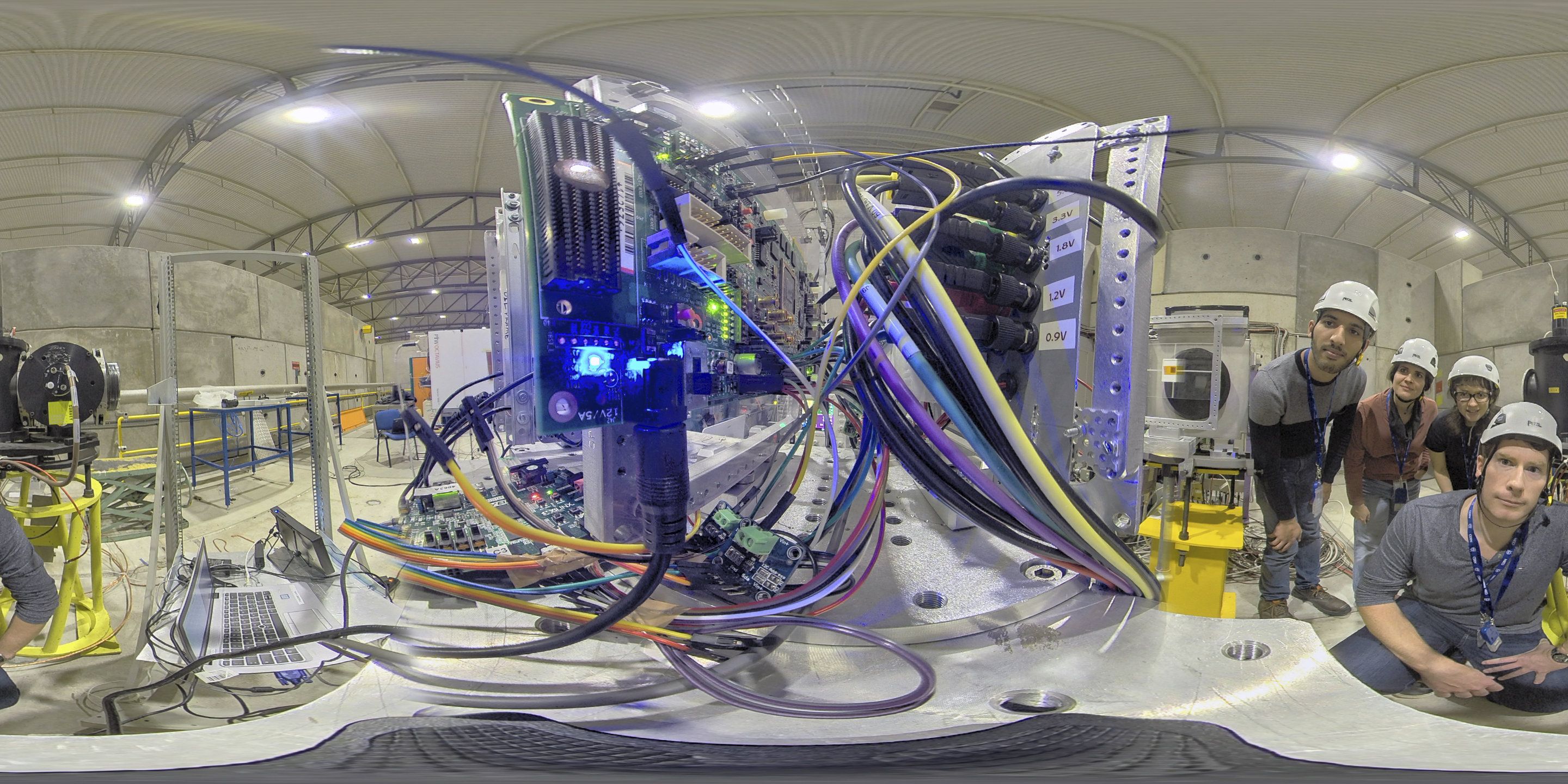You never know how far your #SpaceApps solution will go! Gema knows that first hand. Hear about her project Deep Asteroid, which was a 2016 finalist, and how she used NASA data and the open-source tool Tensor Flow.
When NASA issued a worldwide challenge to help them better track the asteroids and comets that surround Earth, Gema Parreño answered the call. She used #TensorFlow, Google’s machine learning tool, to create a program called Deep Asteroid, which helps identify and track Near Earth Objects.
Special thanks to the Royal Observatory of Madrid. Learn more about them here: https://www.esmadrid.com/en/tourist-information/real-observa…gle.com%2F
Watch the next video in the series here: https://youtu.be/watch?v=kBxb-bIJPtw




